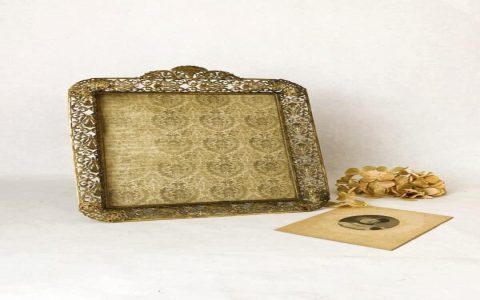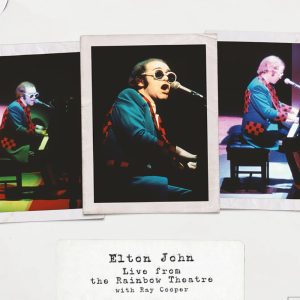Estimating the cost of large antique picture frames (typically considered 30 inches or larger on the longest dimension) requires understanding key variables. Prices vary dramatically based on multiple factors, making definitive pricing elusive without examining a specific piece. Below are the primary cost drivers:
Key Price Determinants
- Size: Larger frames generally command higher prices, but size is often secondary to other factors. True "giants" (e.g., over 50 inches) can be scarce and expensive.
- Period & Style:
- Renaissance Revival, Baroque Revival, Neoclassical, Aesthetic Movement, Art Nouveau: Often high-value styles, especially if intricately carved.
- Victorian (Eastlake, Rococo Revival): Common; mid-range pricing.
- Arts & Crafts, Early American: Simpler styles usually lower cost, unless exceptionally rare or by noted makers.
- Condition:
- Excellent: Minimal damage, stable structure, original finish/gilding largely intact. Significantly increases value. Finding large frames in pristine condition is rare.
- Good/Repaired: Structurally sound, minor repairs (e.g., corner rebuilds), finish wear acceptable. Most common market condition.
- Poor: Major damage (broken corners, missing large sections, severe worming), unstable, heavy paint layers covering original gilding. Value significantly diminished, potentially unsellable at high price points.
- Materials & Craftsmanship:
- Wood: Highest value for oak, walnut, rosewood, mahogany. Pine/gesso less valuable.
- Gilding: Original water gilding (vs. cheaper oil gilding or composition leaf) adds considerable premium.
- Carving: Depth, intricacy, and quality of carving significantly elevate price. Hand-carved > machine-carved.
- Ornamentation: Applied composition ornament (compo) is common; high-relief or intricate designs add value.
- Provenance & Maker: Frames known to be by significant historical makers or from important collections/period settings command premiums. However, attribution is often difficult.
Sales Channel Impact
- High-End Auctions & Specialist Dealers: Top-tier pieces with strong attribution and condition. Prices often $1,000 - $5,000+ for large, desirable frames. Exceptional pieces can exceed $10,000.
- Mid-Range Antique Shops & Online Marketplaces: Good condition frames in popular styles (Victorian, Baroque Rev., simpler Neoclassical). Prices typically $300 - $1,500. Repairs visible or minor damage common.
- Auctions (Regional/Local): Broader range. Can offer opportunities for better prices, especially if condition issues are present or local interest is low. Prices can range $100 - $800+.
- Flea Markets & Estate Sales: Potential bargains ($50 - $400), but condition often poor, heavy overpainting common, attributions rare. Requires significant inspection.
Realistic Price Range Estimates
- Large, Basic Style, Good Condition: $250 - $750
- Large, Highly Desirable Style (e.g., Baroque Rev.), Good Condition, Some Carving/Ornament: $750 - $2,500
- Large, Exceptional Style, Excellent Condition, Quality Carving/Gilding: $2,500 - $8,000+
- Oversized/Giant Frame, Good+ Condition, Desirable Style: Easily $2,000 - $10,000+
- Damaged/Overpainted/Lower Demand Styles: $50 - $300
Essential Considerations:
- Condition is Paramount: Structural integrity and the state of the original surface/patina massively influence value. "As-found" restoration costs can be substantial.
- Beware Reproductions: High-quality reproductions exist. Look for age signs (patina inside the rabbet, wear patterns consistent with age, tool marks, hand-cut joinery vs. machine).
- Market is Niche: Finding a buyer willing to pay top dollar for a large antique frame takes time and the right venue.












